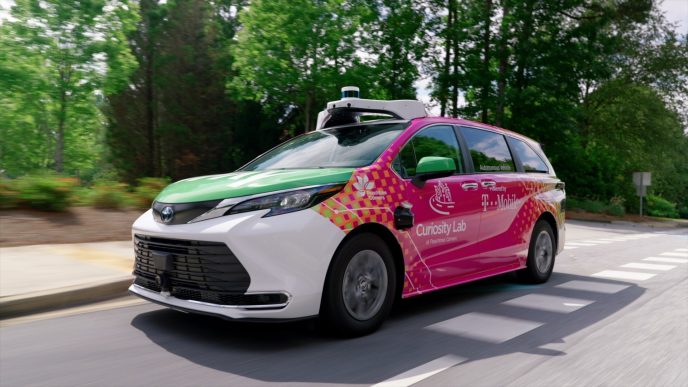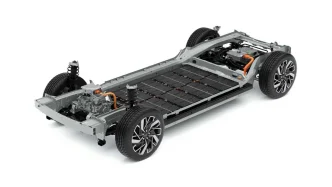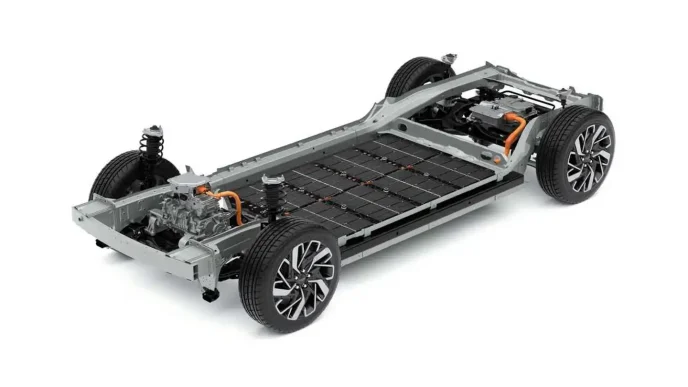The U.S. Department of the Treasury and the Internal Revenue Service (IRS) have issued a Notice of Proposed Rulemaking (NPRM) along with additional guidance on the Alternative Fuel Vehicle Refueling Property Credit, which was expanded by the Inflation Reduction Act. This guidance aims to clarify investments in alternative fuel vehicle refueling infrastructure, particularly for battery-powered electric vehicle charging and hydrogen refueling.
Under the Alternative Fuel Vehicle Refueling Property Credit (Section 30C), individuals can claim a tax credit of up to 30% of the cost of installing qualified alternative fuel vehicle refueling property, which includes chargers and hydrogen refueling systems. The credit is capped at $1,000 for individuals and $100,000 for businesses for each single item of property placed in service within an eligible census tract. Notably, eligible census tracts include low-income communities and non-urban areas, covering approximately two-thirds of the U.S. population. Additionally, tax-exempt and governmental entities may claim the credit through elective pay or via the sellers of eligible property.
The NPRM proposes several rules to implement the Section 30C credit, including:
- Definition of Credit-Eligible Property: The NPRM clarifies that eligible property includes all functionally interdependent components of recharging or refueling property, as well as integral property installed at the same or adjacent physical address as the fuel delivery point.
- Definition of a Single Item of Property: A single item of 30C property is defined as each charging port, fuel dispenser, and energy storage property. Properties that are functionally interdependent or integral to more than one item will be apportioned accordingly.
- Definition of Energy Storage Property: The NPRM specifies qualifying energy storage property types, including rechargeable electrochemical batteries used to store less expensive, non-peak hour energy for use during higher-cost peak hours.
- Updating Prevailing Wage and Apprenticeship Requirements: The NPRM supplements final regulations on prevailing wage and apprenticeship requirements to clarify how 30C projects are defined. Multiple 30C properties may be treated as a single project if they are constructed and operated on contiguous land, owned by a single taxpayer, placed in service within the same taxable year, and meet other specified criteria.
The NPRM will be open for public comments for 60 days, and a public hearing will be scheduled if requested.










